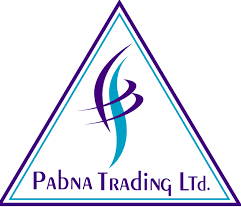Sales Effectiveness
This latter point is related to a common misconception about effectiveness, that equates it with efficiency. Efficiency is not the same as effectiveness. Efficiency is the rate at which you complete tasks, but it says nothing about whether you’re doing the right tasks.
A highly efficient team performing all the wrong tasks will still be a highly ineffective team.
The problem of defining sales effectiveness is an important one. Without a clear definition, it’s impossible to measure, and without measurement it’s impossible to reliably improve. We can measure win rates or quota attainment, but these are not necessarily the same as effectiveness.
Effectiveness Related to Company Strategy
Before we get into the nitty gritty definition of sales effectiveness, we have to take a look at company strategy. No matter how great a sales team’s numbers are, if their work is not supporting company strategy, it’s not effective.
For instance, if company strategy calls for penetration into specific markets, expansion of certain products or services, or a shift in geographic footprint, an effective sales team will deliver sales to support that strategy.
On the flip side, a sales team that delivers great win rates in product lines that the company strategy plans to discontinue, is not effective just because their win rates are high, nor is a sales team that delivers low profit margins when the strategy calls for margin improvement. No amount of volume of sales will make this team more effective without addressing their alignment with company strategy.
A Simple Definition of Sales Effectiveness
In order to understand and measure sales effectiveness, we must have a simple definition that leaves room for aligning with company strategy. I have found this simple formula to be useful:
Sales team effectiveness = average output per salesperson, where output is aligned with company strategy.
Thus, “output” might be “profit,” “revenue,” or “sales of new product line,” based on company strategy.
This simple definition makes it possible to measure effectiveness over time, and thereby determine the impact of actions taken to improve effectiveness.
Breaking It Down
Of course, knowing your average output per salesperson won’t give you a complete picture of your sales team’s performance. If the aim is to improve effectiveness, you have to be able to measure and evaluate at a more granular level.
How you break it down and what you look at in terms of effectiveness will vary based on your team’s structure and your company’s strategy, but here are some commonly used measurements.
- Effectiveness per territory, product, etc.
- Effectiveness at each stage of the process
- Effectiveness based on tenure
- Individual effectiveness against the average
- Impact of investments on effectiveness
Thus, you can measure average output per salesperson in a particular territory, and baseline it against the overall average output per salesperson, to get a better understanding of how particular territories are performing. Likewise, each of the other measurements.
Any one of these approaches can provide insight into what is working and not working on your team, and where to focus efforts for improvement. Periodically, measurements of overall effectiveness (i.e., average output per salesperson) can identify whether these improvement efforts are effective.

